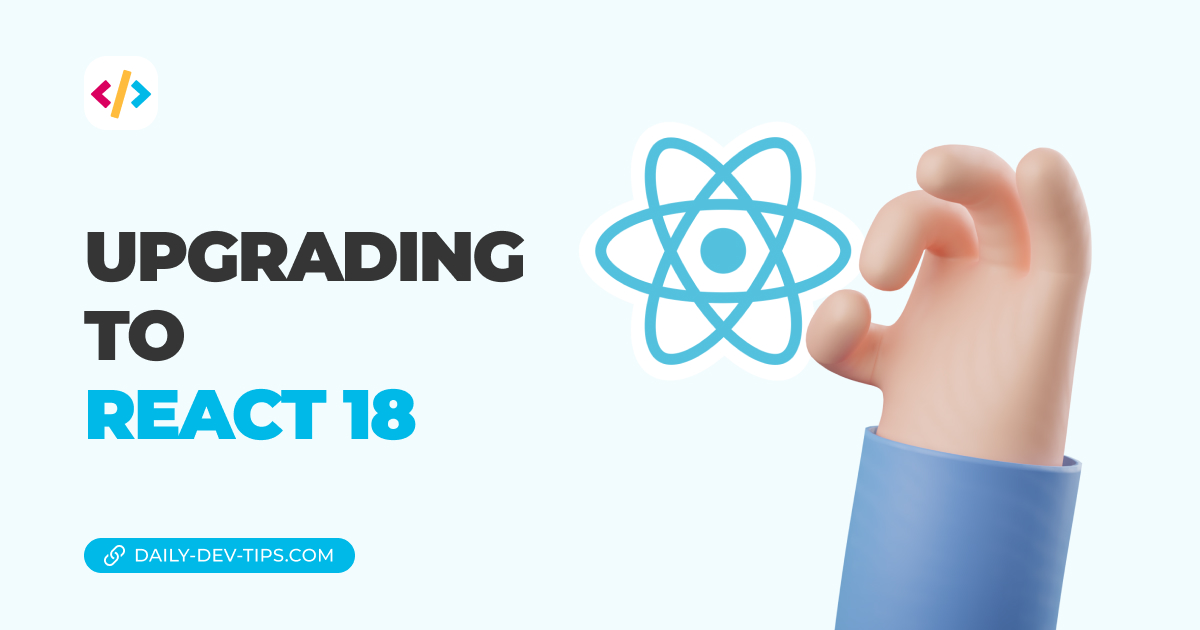Hooks are a superb way to store and manage state inside React components.
The useEffect hook gives us an easy way to perform side effects.
Basically this hook replaces the old React class lifecycles like componentDidMount, componentDidUpdate, and componentWillUnmount.
You can see it as an invoker that takes arguments. Let's see some examples of how it works.
If you plan to follow along, I'll be working on my previous state article.
Using the useEffect hook
To use the hook, we first need to import it from React like so:
import React, { useEffect } from 'react';Then to use it, we could write something like this to change our document title with the latest count.
useEffect(() => {
console.log('effect called');
document.title = `#${count} clicks`;
});As you can see, I included a console log, and while we are at it, I've run the program and performed some actions.
- Load: effect called
- Click "Add one", effect called
- Click "Add one", effect called
- Click another state, effect called
So as you can see, this will call the effect every time something changes.
Only run useEffect on load
But let's say we only want this to run once on load and never again.
This might be handy to load some initial data.
useEffect(() => {
loadExternalData();
}, []);This is, of course, just an example, but this would only be called once.
You might wonder why? That's because the last argument, [] is the state value it should run on.
When we pass an empty array, it only runs on load!
Running useEffect only for specific changes
This is probably the most used case, where we only want the function to run once our count value changes.
To make that work, we need to pass the count as the value.
useEffect(() => {
console.log('effect called');
document.title = `#${count} clicks`;
}, [count]);What happens now is the following:
- Load: effect called
- Click "Add one", effect called
- Click "Add one", effect called
- Click another state, effect NOT called
This state value is not limited to just one, we can pass multiple items like so:
useEffect(() => {
document.title = `#${count} clicks`;
}, [count, state2, state3]);The unmount of useEffect
The cool part is that the useEffect hook also comes with a unmount state.
To invoke this we can use the return callback like so:
useEffect(() => {
// Do some effect
return () => {
// Cleanup
};
}, [state]);The good thing to remember here is that the cleanup will run every time the state changes and the effect is done, but also on unmount!
To demonstrate, let's use the above example.
- Load: effect called
- Click "Add one", cleanup called, effect called
- Click "Add one", cleanup called, effect called
- Click another state, effect NOT called
- Unmount app, cleanup called
This cleanup can, as the name suggests, cleans up things. Some good use cases for this might be:
- Fetch requests
- Timer functions
- Web sockets
- Debounce/throttle
Let's take the web socket as an example of how this could look. The code only needs to fire on mount, but we need to close the connection once we leave.
function App() {
const [socketMessage, setSocketMessage] = useState('');
useEffect(() => {
const socket = new WebSocket('wss://localhost:8000');
socket.onmessage = (event) => {
setSocketMessage(JSON.parse(event.data));
};
return () => {
socket.close();
};
}, [socketMessage]);
}This gives us an excellent way to clean up the socket every time we are done with it!
I hope you had some fun learning about the useEffect hook in React. I created this small playground for you to try out yourself. (Do view the console, please)
See the Pen React basics: explaining the useState hook by Chris Bongers (@rebelchris) on CodePen.
Thank you for reading, and let's connect!
Thank you for reading my blog. Feel free to subscribe to my email newsletter and connect on Facebook or Twitter
